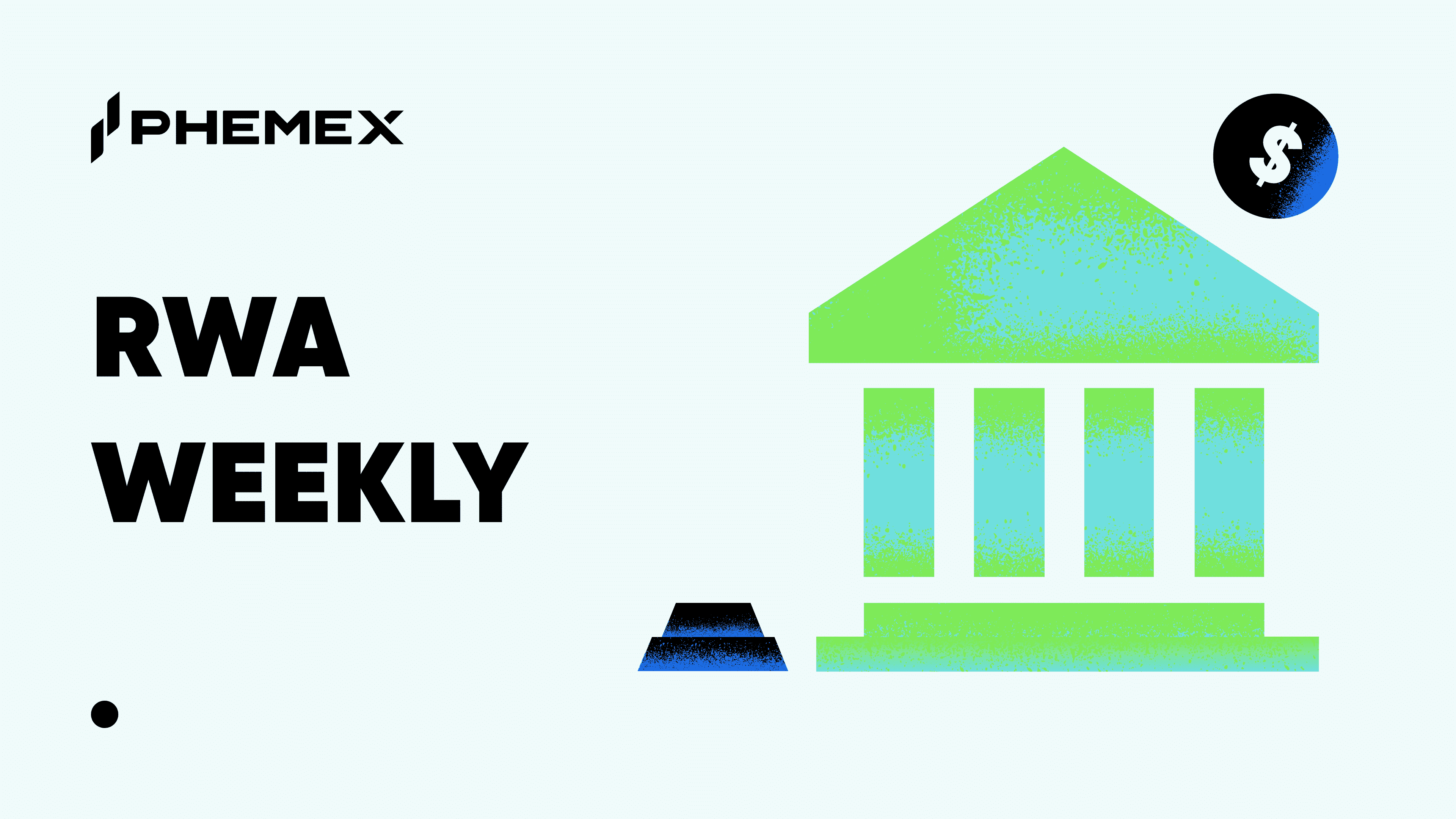What Is the Pi Network (PI)?
Launched on March 14, 2019, the Pi Network describes itself as the first and only digital currency anyone can mine on their phone. Instead of using enormous amounts of electricity to solve complex computational mathematical problems like Bitcoin, the Pi Network secures the network through security circles where members vouch for each other’s trustworthiness. Security circles are built by the Pi Network users and consist of three to five trusted members. They secure the network’s cryptocurrency by constructing a global trust graph that separates the trusted members from bad actors and prevents fraudulent transactions. In addition, the Pi Network rewards its users with PI, the network’s token.

The Pi Network. (Source: itsblockchain)
The Pi Network achieves non-energy intensive mining by adopting a consensus algorithm based on the Stellar Consensus Protocol (SCP) and the SCP’s Federated Byzantine Agreement (FBA). The Pi Network relies on its node software that runs the SCP algorithm and handles the trust graph information. The integration of the SCP and FBA solves the issue of centralization faced by the Byzantine Fault Tolerance (BFT) algorithm. Rather than a quorum determined through centralized means, nodes decide whom to trust and include in their decision-making group, thereby creating multiple “quorum slices” and forming a decentralized quorum. Validators can only accept incoming transactions after a particular proportion of the nodes in the quorum decides to accept the specified transactions.
What can you do on the Pi Network?
Once users join the Pi Network, they can play different roles to contribute to the network. The four available roles for Pi users are:
- Pioneers are the regular Pi users that sign in to the app, mine, and validate their presence.
- Contributors are Pi users that provide a list of pioneers that they trust. This role becomes available to pioneers after finishing three mining sessions. To become a contributor, users need to include three to five other users in their security circle.
- Ambassadors are Pi users that bring new users to the Pi Network. They can earn up to a 25% bonus on their base mining rate for each person they successfully invite.
- Nodes are users that are pioneers or contributors that use the Pi mobile app and run the Pi node software on their computers.
What Is Bee Network (BEE)?
Launched in December 2020, the Bee Network is a clone of The Pi Network with a focus on gaming. As a result, it is very similar to the Pi Network. The most notable similarities include the mining procedure, halving schedule, and roles users can play in the network. In addition, the Bee Network rewards its users with BEE, the network’s token.
Not much information is available about the project’s technical details as its whitepaper consists only of the introduction, project vision, and basic project details. The Bee Network also did not mention how it maintains consensus. However, it likely utilizes an algorithm similar to the one used by the Pi Network. This is deduced through its whitepaper, which states that “Bee Network is specially designed as a network consisting of genuine people” and mentions the term “security circle.”

The Bee Network. (Source: Adavid)
What can you do on the Bee Network?
Similarly, users can play different roles in the Bee Network. There are only three roles that users can play, which are:
- Pioneers are the same as the pioneers in the Pi Network. They sign in to the Bee app and mine.
- Ambassadors are the same as the ambassadors in the Pi Network. They invite new users to the Bee Network and into their team. The Bee Network claims that ambassadors will be able to complete missions with their team members in upcoming in-app functions.
- Verifiers are similar to the contributors in the Pi Network. Verifiers verify the identity of the members and confirm that the members are trustworthy and not fraudulent. The Bee Network team will launch this role in the future and require everyone to complete Know Your Customer (KYC) verification before utilizing the full functionality of the Bee Network.

The Bee Network app vs. the Pi Network app. (Source: Contrapor)
What Issue Does the Pi Network and Bee Network Solve?
The Pi Network and Bee Network are projects looking to solve one of the significant issues faced by Bitcoin (BTC), which is the ease of accessibility. As Bitcoin grew in popularity, the price of a single coin skyrocketed from under $0.10 per coin in July 2010 to about $45,000 per coin in September 2021. Those who got in early now control a majority of the network. A report estimates that 2% of network entities (not including miners and exchanges) own 71.5% of all Bitcoin and that institutional investors, or whales, are accumulating more Bitcoin.
Furthermore, many corporations and companies began building and operating their own Bitcoin mining farms. However, due to the significant capital needed, it became challenging for the average network contributor to compete and receive block rewards. Thus, the Pi Network and Bee Network seek to make cryptocurrency more easily accessible and obtainable for people worldwide. For this purpose, they developed a way to allow anyone to mine cryptocurrency from their mobile device.
What Are the Similarities?
As the Bee Network is a copycat of the Pi Network, the two have many similarities. Other than the similar consensus algorithm mentioned above, the other notable similarities are as follows:
- Token value: Both the Pi and Bee tokens earned in the mobile applications of the Pi Network and Bee Network have no value as they are not listed on any crypto exchange (decentralized or centralized). The two networks do plan to list their tokens in the future.
- App functionality: The Pi Network app and the Bee Network app both allow users to mine Pi tokens and act as a wallet to hold the mined Pi tokens. The two apps also have a chat section where users can communicate and a team management section to manage the people they invite. The Pi Network app and the Bee Network also plan to include decentralized applications (DApp) onto their platforms.
- Referral scheme: People looking to join the Pi Network or the Bee Network will need a referral code, which can usually be procured from the review section of the Android Play Store or iOS App Store. The two networks implement a model common in pyramid schemes and multi-level marketing. In such a model, Pi and Bee users earn bonuses to their mining rate when the people they invite join the networks and start mining.
- Mining equipment and procedure: Pi and Bee users only need their smartphonesand a low-cost processor that consumes minimal battery power to mine for the tokens. First, they need to install the Pi or Bee app from either Android Play Store or iOS App Store, complete identity verification, and sign up for an account with a referral code. Then, users need only log in daily (once every 24 hours) and click a button to get the tokens.
- Halving schedule: The Pi Network and the Bee Network have the same halving schedule. Both networks have an initial mining rate of 1.6 tokens per hour. When the number of users reaches 100,000, the mining rate halves and becomes 0.8 tokens per hour. When the number of users reaches 1 million, the mining rate halves again to 0.4 tokens per hour. The halving of the mining rate continues when the number of users reaches 10 million, 100 million, and 1 billion. The final mining rate at 1 billion users would be 0.05 tokens per hour.
- Mining rate: The Pi Network crossed 20 million users on July 21, 2021. This number is the active and engaged community members across the world, rather than the people who joined the network. However, the Pi Network has yet to announce its fourth halving, so the mining rate is expected to be 0.2 tokens per hour. Similarly, the Bee Network reported that the total number of Bee users crossed 10 million users, and its mining rate is now 0.2 tokens per hour. However, the Pi Network might move towards a 0.1 tokens per hour mining rate faster as it has more users than the Bee Network.
What Are the Differences?
There are a few distinct differences between the two projects, such as the identity of the team, the project roadmap, and app privacy. The details of these differences are as follows:
- Identity of the development team: The Pi Network has a known team. Nicolas Kokkalis, Chengdiao Fan, and Vince McPhilip are the co-founders of the Pi Network. They are also Stanford graduates where Kokkalis and Fan hold doctor’s degrees while McPhilip holds a Master’s in Business Administration. However, McPhilip has left the Pi Network and moved on to other ventures. In contrast, the team behind the Bee Network is anonymous, which is not very reassuring.
- Project roadmap and future development plans: The Pi Network has a deployment plan that lists the development phases such as the testnet and mainnet launch. However, the release of the phases is not based on any concrete numbers but on whether the community feels that the software is ready. On the other hand, the Bee Network’s roadmap lists out the milestones the network needs to achieve before moving through development phases. For example, when the number of users is between 1 million to 10 million, the network will launch KYC verification and introduce node and DApp ecosystems.
- App privacy: On iOS, the Bee Network app only collects contact information, while the Pi Network collects more with contact and identity information such as email addresses. On Android, the Pi Network’s app collects similar contact information and includes potentially dangerous permissions in which it can change system settings if users allow it. On the other hand, the Bee Network’s Android app is much more intrusive. The Bee app requests permissions to the camera, contacts, location, phone, storage, notifications, and the running apps. While you may choose to reject such permissions, Bee Network is undoubtedly less privacy-friendly than The Pi Network.
Conclusion
The Pi Network and Bee Network are two very similar projects where users can mine tokens from the comfort and ease of their smartphones. Users need only to install the apps on their Android or iOS phones and start mining at a click of a button. The Pi Network was launched in 2019, and the Bee Network, a clone of the Pi Network was launched in 2020. Since the Bee Network is a copycat of the Pi Network, the two are very similar in terms of token value, app functionality, referral scheme, mining equipment, procedure, halving schedule, and mining rate. However, the mining rate may change depending on the growth of users on the two platforms.
Nonetheless, the two projects do have some differences, such as the identity of the development team, project roadmap, and app privacy. The Pi Network has a known team, but an unclear roadmap, and a less intrusive app. On the other hand, the Bee Network’s team is anonymous, and its app is much more invasive, asking for permissions such as camera, contacts, location, phone, and storage. On a positive note, the Bee Network has a clearer roadmap with clear milestones based on the number of users.
Read More
- What Are Mining Pools: The Massive Cooperatives That Power Blockchain
- What is DePIN? Analysis of Decentralized Physical Infrastructure Networks
- What is Beam: Privacy-Protecting Blockchain and Cryptocurrency
- What is P2P Crypto Trading & How Does it Work?
- Web3, AI, and Crypto Converging to Transform the Internet
- What Is the Chia Network: A greener Bitcoin?
- Blockchain Analytics: 11 Free Crypto Research Tools You Need
- BEP2 vs. BEP20 vs. ERC20: What Is the Best Blockchain Token Standard?













